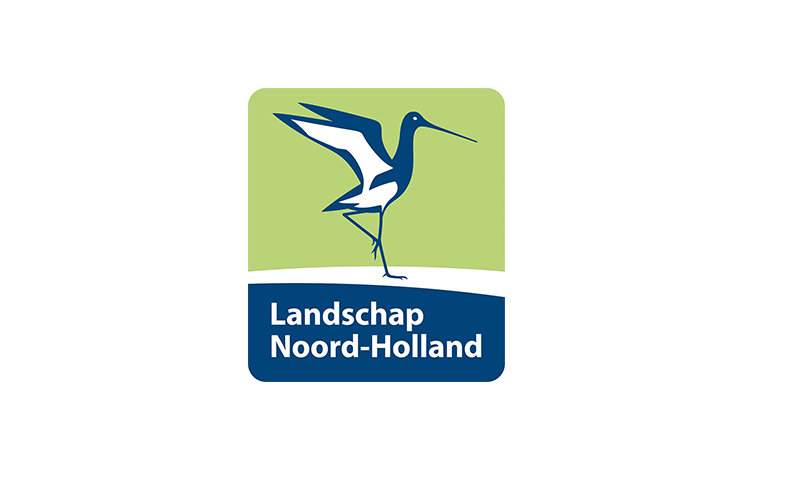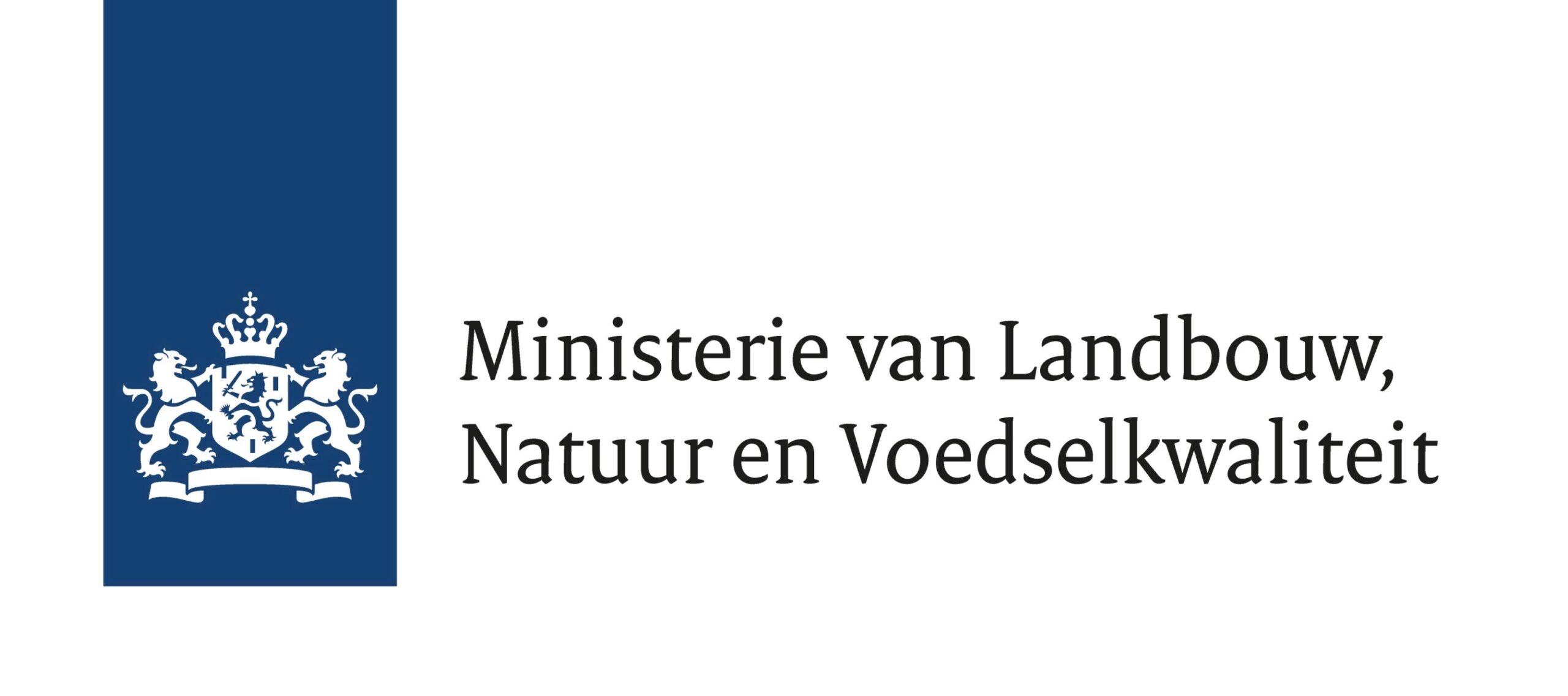Wij & Wadvogels
The Wadden Sea is a vital habitat for many bird species. However, research has shown that it also represents a vulnerable link along the East Atlantic Flyway migration route. Several breeding bird species, such as the Pied avocet, Eurasian oystercatcher, and Common tern, have been in decline in the Wadden Sea for years.
Share this project
Wij & Wadvogels: Improving Bird Habitats
The Wij & Wadvogels project aims to enhance the Wadden Sea as a habitat for birds. This includes creating breeding islands and salt marshes, as well as minimizing disturbances by implementing tourism zoning and refining monitoring techniques. These techniques also help evaluate the effectiveness of habitat improvement measures.
Comparative Research on Monitoring Techniques
Aerial surveys provide a more accurate way to count breeding colonies than traditional ground-based observations. This method also reduces disturbance, as human presence in a colony causes more disruption than a drone flying overhead. However, drones produce noise, and different bird species react in varying ways. This raises key questions:
- How disruptive are drones to birds?
- How reliable are drone-based counts?
- Can ground-based and drone-based survey results be compared?
To answer these questions, we collaborated with the University of Groningen and Sovon Dutch Centre for Field Ornithology to develop a standardised drone survey method and guidelines for responsible drone use. Over the past years, we conducted breeding bird counts at multiple locations, using both aerial drone surveys and ground observations with binoculars.
Assessing Drone Disturbance on Birds
The study focused on seven breeding bird species: Black-headed gull, Sandwich tern, Common tern, Herring gull, Lesser black-backed gull, Eurasian spoonbill, and Pied avocet. Some species, like Sandwich terns and Black-headed gulls, remained undisturbed when a drone flew 30 meters above the colony. Others, such as Pied avocets, were more sensitive, leaving their nests when a drone flew at 60 meters, though they returned within minutes. For such species, drone surveys may not be suitable, as birds need to remain on their nests for an accurate count. Additionally, the level of disturbance varied depending on the type of drone used, though drone-surveys still proved to be significantly less disruptive than ground-based surveys.
Bird Surveys Using Drones
Building on this research, we conducted further drone surveys to assess their effectiveness for other bird species. In spring 2021, we carried out drone flights on Texel, commissioned by Staatsbosbeheer, to survey common eiders.

Client
Vogelbescherming Nederland
Involved part(ies)

Natuurmonumenten

Het Groninger Landschap

Staatsbosbeheer

Provincie Groningen

Landschap Noord-Holland

Waddenfonds

